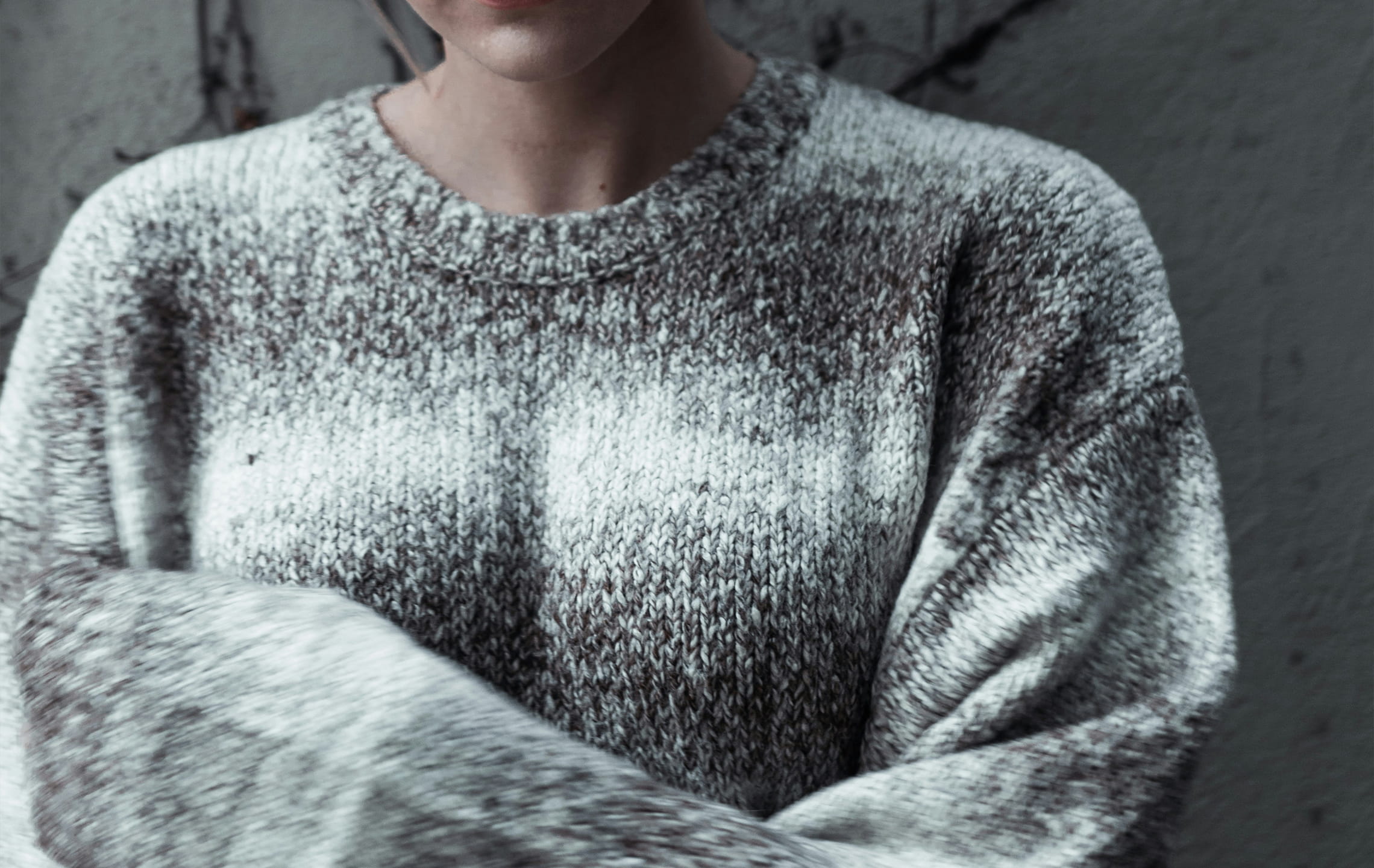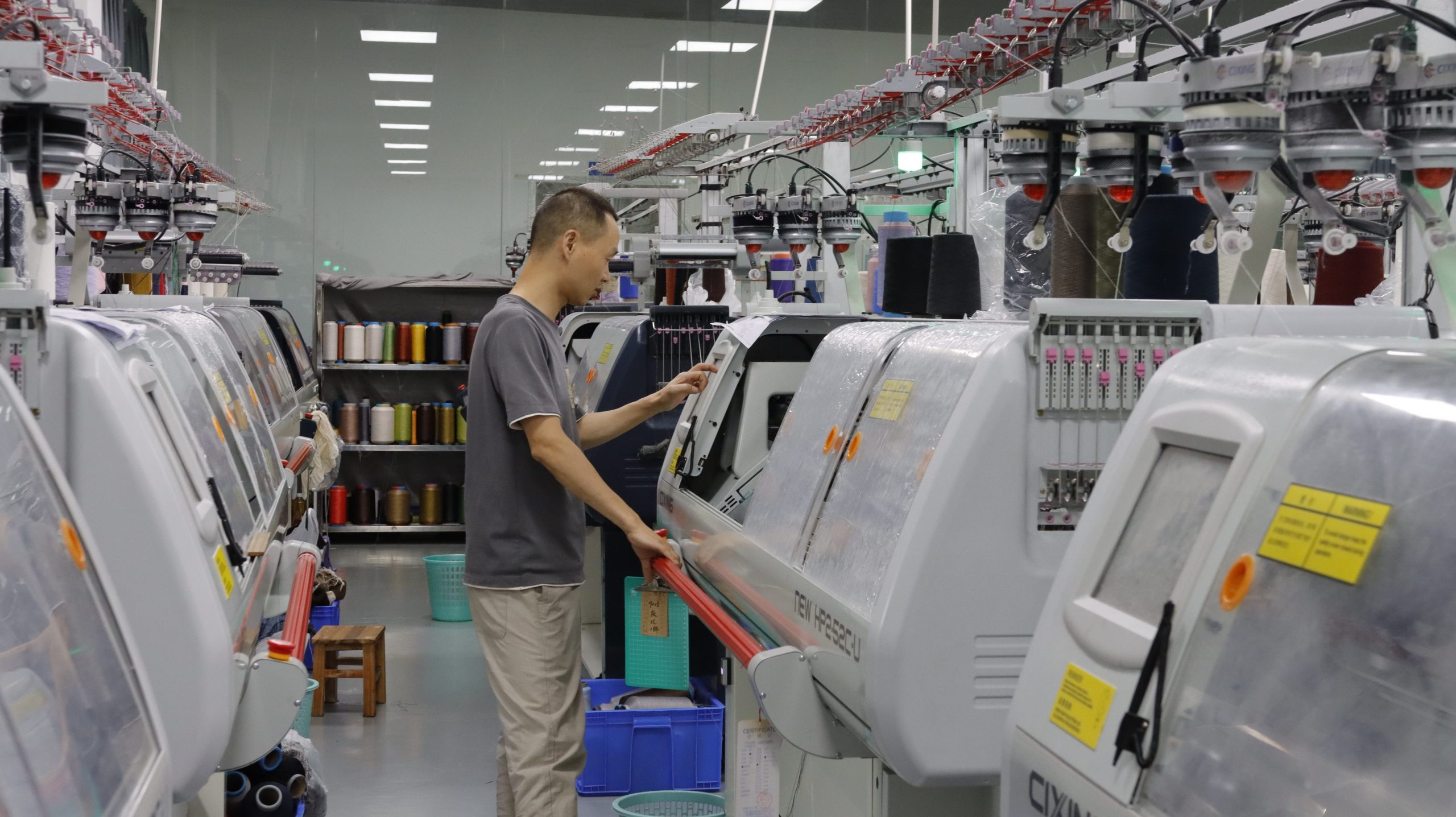High quality sweater standards
High-quality sweaters are one of the core values that sweater manufacturers adhere to, and to ensure high quality sweaters, sweater manufacturers need to establish strict quality standards that cover a number of key aspects, including fiber quality, sewing technology and decorative details.
Fiber quality is the basis of sweater quality. Sweater manufacturers must choose high-quality fiber materials, such as wool or cashmere, to ensure that the sweater has excellent warmth and comfort. They work with quality yarn suppliers to ensure that the raw materials meet specific criteria, such as the diameter, length and purity of the fibers. At this stage, the dyeing of the fiber should also be paid attention to to ensure the uniformity and durability of the color.
The workmanship is essential to the quality of the sweater. Sweater manufacturers establish precise sewing standards, including stitch density, stitch type and seam strength. Each sweater must be stitched to meet these standards to ensure a high level of durability and appearance. Workers are usually trained to ensure that they can perform these sewing processes correctly.
Setting standards for high-quality sweaters is a key step in sweater manufacturing. We meet our customers’ high quality requirements by ensuring that fiber quality, sewing process and decorative details meet strict standards. These standards reflect manufacturers’ commitment to superior quality and are one of the keys to their success in competing in the marketplace.
Sweater making process
The process of making a sweater begins with the preparation of raw materials. This usually involves choosing high-quality fibers, such as wool or cashmere, to ensure the softness and durability of the fabric. At this stage, quality control involves a quality check of the raw material to exclude any substandard fibers.
Before making a sweater, designers need to create designs and templates. Quality control includes ensuring the feasibility of the design, as well as the accuracy of the template and compliance with specifications.
At every stage of making a sweater, strict inspection and quality control are required. This includes appearance inspection, dimensional inspection and so on.
Final finishing of the sweater, including ironing, finishing and packing. Quality control ensures that the final appearance of the sweater is flawless and meets the customer’s expectations.
Collect customer feedback
Customer feedback is a valuable resource for sweater manufacturers, providing us with a direct way to improve product quality and meet customer needs. In our constant pursuit of excellence, we value the feedback we receive from our customers as an opportunity for continuous improvement.
We actively listen to our customers. Once we receive feedback, we will respond quickly and conduct an investigation and analysis accordingly. We pay attention not only to positive praise, but also to negative feedback. Negative feedback is often the most revealing because it reveals areas where we need to improve.
We will carefully study each issue, understand the root cause of the problem, and develop a plan for improvement.
At the same time, customer feedback does not stop at the collection and analysis stage. We incorporate feedback into our product development and improvement processes. This means that we update our product specifications, quality control standards and production processes based on customer suggestions and comments. This culture of continuous improvement allows us to continuously improve the quality of our sweaters to meet customer expectations and remain competitive.

 English
English Deutsch
Deutsch Français
Français Italiano
Italiano Español
Español Русский
Русский Polski
Polski Nederlands
Nederlands Svenska
Svenska

